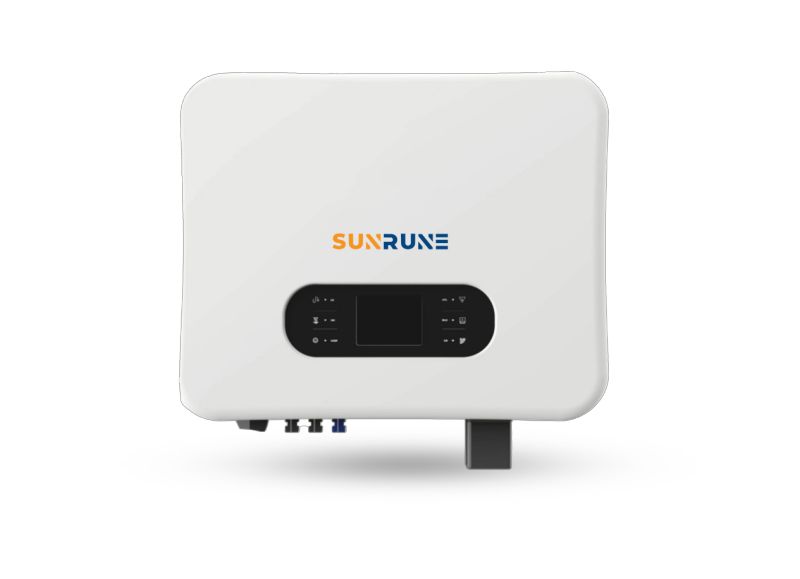introduce:
Electricity is an integral part of our lives, powering our homes, businesses and industries. A key aspect of an electrical system is the type of phase it operates on, which determines its voltage and power transfer capabilities. In this article, we'll take a closer look at how single-phase, split-phase, and three-phases electrical systems work and understand what they do.

Single phase system:
Single-phase systems are the most common type of electrical system found in residential environments. These systems consist of a single alternating current (AC) waveform. Single-phase power is mainly used for lighting and small appliances such as fans and refrigerators. It is characterized by a voltage wave that continuously rises and falls, with two zero crossings per cycle. Common voltage ratings for single-phase systems are 120/240 volts.
Split phase system:
Split-phase systems are a variation of the single-phase systems commonly used in residential and light commercial applications. They provide higher levels of power than single-phase systems. Split-phase systems work by dividing a single phase into two independent phases, often called "live" and "neutral." The line voltage in a split-phase system is typically 120 volts, while the neutral voltage remains at zero.
Split-phase systems enable efficient operation of large equipment such as air conditioners, electric furnaces and dryers. By providing two 120-volt lines that are 180 degrees out of phase with each other, a split-phase system allows appliances to operate at 240 volts, thereby increasing their power capabilities.
three-phases system:
three-phases electrical systems are widely used in industrial and commercial applications. They provide a more efficient and balanced power supply than single-phase systems. three-phases systems utilize three separate AC waveforms that are offset in time by one-third of their period, allowing for more stable power distribution.
The unique advantage of three-phases power is its ability to provide higher and consistent power levels. Its ability to run large machinery, motors and heavy equipment is critical for industrial applications. Typical voltage ratings for three-phases systems are 208 volts or 480 volts, depending on requirements.
In summary:
Understanding the functions of single-phase, split-phase, and three-phases electrical systems is critical to determining their respective applications and functions. Single-phase power is typically used for lighting and small appliances in residential settings, while split-phase systems allow the use of higher wattage appliances. three-phases electrical systems, on the other hand, provide efficient power transmission for industrial and commercial applications.
By understanding the characteristics, benefits, and applications of these different types of power systems, individuals and businesses can make informed decisions about their power needs. As technology advances and energy demands continue to grow, the need for reliable, efficient power systems will only become more important in our daily lives.
Post time: Nov-16-2023